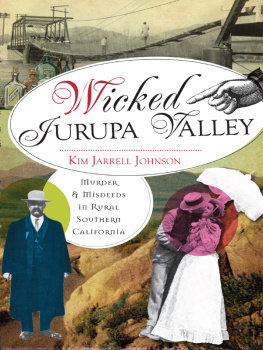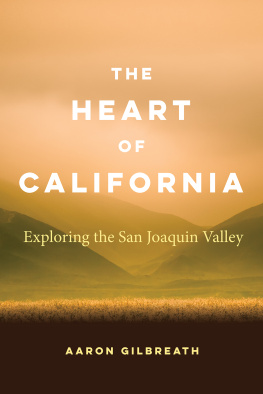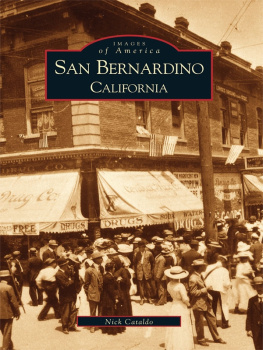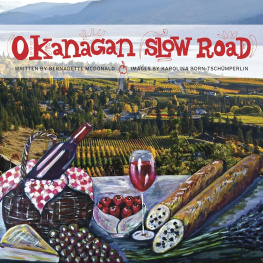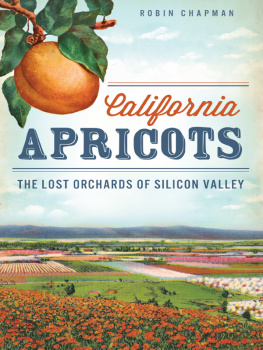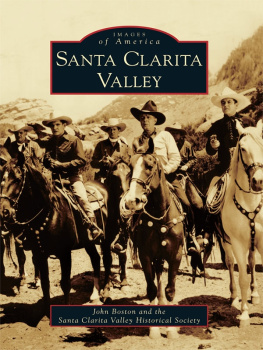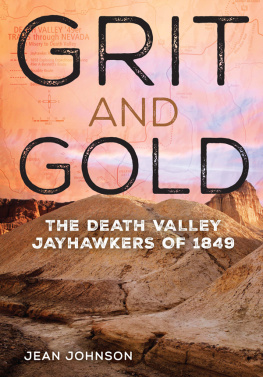

Published by The History Press
Charleston, SC 29403
www.historypress.net
Copyright 2012 by Kim Jarrell Johnson
All rights reserved
Front cover, top: The temporary pedestrian bridge over the Santa Ana River, 1916. Courtesy of the Ida Parks Condit family. Front cover, bottom: From a postcard featuring a view of the Rubidoux area taken from Mount Rubidoux. Courtesy of Steve Lech.
First published 2012
e-book edition 2012
ISBN 978.1.61423.552.1
print ISBN 978.1.60949.520.6
Library of Congress CIP data applied for.
Notice: The information in this book is true and complete to the best of our knowledge. It is offered without guarantee on the part of the author or The History Press. The author and The History Press disclaim all liability in connection with the use of this book.
All rights reserved. No part of this book may be reproduced or transmitted in any form whatsoever without prior written permission from the publisher except in the case of brief quotations embodied in critical articles and reviews.
CONTENTS
ACKNOWLEDGEMENTS
As always, very generous people in the local history community have helped me with this book. Nancy Wenzel made the mistake of agreeing to read my stories and made many helpful suggestions. Steve Lech, who has done extensive reading on Gordon Northcott and the Wineville Chicken Coop Murders, generously shared his time and photos with me. Steve also opened up his postcard collection for my use and created the map of Jurupa Valley used in this book. Kevin Hallaran at the Riverside Metropolitan Museum made many searches for me in that institutions collections. While his searches were not always successful, I appreciate the time he took to look. Jim Hofer, the Riverside County archivist, was also very helpful, and I appreciated his assistance as I searched through old assessors records.
My daughter Corinne is an English major, and she often was roped in to read a story with fresh eyes or to help me find a better word than what my mind or the computer could provide. My daughter Elyse also provided another set of fresh eyes and read several stories for me. Both daughters often got to hear about these stories and their cast of characters as I discovered them, and their tolerance is appreciated.
As always, without my husband, this book would not have been possible. He smoothed over my lack of computer skills and, especially in that frantic last-minute rush to get things done, was the brains behind the entire operation. He is also my most trusted editor and fit in many readings during his own busy days. There are no words to express my appreciation and love.
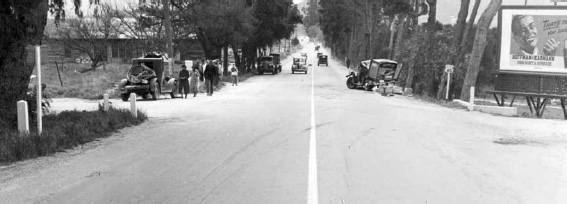
The intersection of Mission Boulevard and Riverview Drive in 1938 was a country crossroads, not a major intersection like it is today. This photo was taken because of the automobile accident that is visible in the picture.
And, to everyone who asked if the story of the Wineville Chicken Coop Murders would be in this book, I can finally say, Yes, it is!
INTRODUCTION
Jurupa Valley is located in inland Southern California, and while it is a new city that just incorporated on July 1, 2011, it has a long history of settlement, starting with the Jurupa Rancho, which was created in 1838. However, not all of modern-day Jurupa Valley was located within the boundaries of the Jurupa Rancho. That part of our city located north of Bellegrave Avenue was government land that in the 1800s and early 1900s was available for homesteading.
The modern city of Jurupa Valley is made up of a number of different communities that sprung up as the area was subdivided and settled. A map of Jurupa Valley has been included that shows the communities, landmarks and roads which are referred to in the stories in this book to help readers orient themselves with where the various events took place.
Much of the information used in these stories came from local newspapers. During the time frame that most of the stories in this book occurred, Jurupa Valley did not have a newspaper and certainly never had a daily newspaper. However, Riverside, the big city to the south, had several daily papers through the years. These newspapers, primarily the Riverside Daily Press and the Riverside Enterprise, also covered the news that happened in the Jurupa Valley area. Articles were also found in the Los Angeles Times that provided information for stories. It became obvious, particularly in the earlier years, that the Los Angeles Times was getting its information through a relationship with the Daily Press. The stories in both were usually almost identical, and a mistake made in an article in the Daily Press was almost always repeated in the Los Angeles Times.

This 1890 map of Southern California shows West Riverside (which is what the area that now includes Rubidoux and Glen Avon was called then), just north of the city of Riverside. Courtesy author.
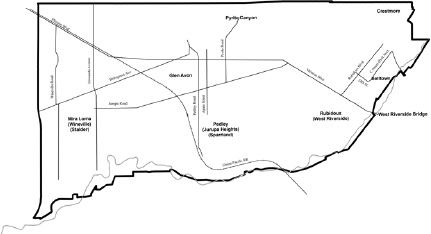
This map of Jurupa Valley shows the communities, streets and landmarks that are featured in the stories in Wicked Jurupa Valley. Courtesy Steve Lech.
The Daily Press was an afternoon paper and the Enterprise a morning paper. Much to my surprise, I found that articles about the same incident in the two newspapers at times contained very different, if not contradictory, information. When the facts differed, I tried, as much as possible, to confirm the facts with other sources, such as census records or community directories. I found additional information by talking to other local historians, checking for information in online databases and in local history books. I also reached out to descendants of the people in these stories when possible. To the best of my ability, I have reported the facts of the cases in this book accurately. However, I am always open and willing to look at new information and welcome it from anyone who would like to contact me.
Names and their spellings were another thing that was often not reported correctly in the newspapers. Many times just initials were given for first and middle names, making it hard to trace the people mentioned in the newspaper articles in other sources. Names of Mexican origin, both first and last, seemed to be spelled phonetically. I have used the name and spelling that is most likely correct, based on my research.
It was not my intention to produce a scholarly work but instead an entertaining book that gives the reader a flavor of the old days and some of the interesting characters and events in Jurupa Valley history. However, I have tried to include enough information so that, if you so choose, you can do additional research on your own. If you would like to do further reading on Jurupa Valley history, I have included a selected bibliography of other books that are available. Some may only be available in the reference section of local libraries, but others are more recent publications, available in local stores and online.
Next page
